On Friday (11.18.16), it was a pleasure to present with Michael Moore, Lisa Sheriff, Gretchen Rumohr-Voskuil, and Fawn Canady. We all briefly described a text we would use to start the school year. By doing this, we hoped to offer some rationales that might help teacher think in new ways about their choices. We were fortunate to have Alan Sitomer has our discussant. He smoothly made sense of our question: What text would you choose to start the school year? Stay tuned, maybe there is an article in the making.
By looking at a single block of time, it easy to see that you can't do everything. You have to make choices that are difficult. This doesn't even begin to look at session during the same time that looked at writing (G.12), social justice in English Education (G.09), with a shout out to one of the Co-Chairs: Jennifer King a mentee, whom I missed talking with during the conference), digital engagement (G. 03, G.06, G.17), student voice, the NCTE Research Awards Session (G.02 where there needs to be a shout out to my colleague Denise Davila), a tribute to Arthur Applebee (G.08), including parents in literacy (G.11), autism awareness (G.13) and so many more worthwhile and informative session.
This close look at one block of sessions makes me think about planning now for next year. It also reminds us to make connections and keep in touch. We can work alone, form partnerships, and engage as communities while we move forward to advocate for literacy.
In a middle level session on Thursday evening, I heard Rich and Sandra Neil Wallace and Antero Garcia and Laurie Halse Anderson discuss the history of social justice history and what we can do today. Donalyn Miller and Colby Sharp continue to promote ready with the Nerdy Book Club. Matt Skillen lead an interview with Ta-Nishi Coates that helped us all think the current state of race relationships. I heard an optimistic opening speech from David Hesse. I listened carefully as Jo Knowles, Ellen Hopkins, Meg Medina, and Laurie Halse Anderson discuss the issues of censorship. Under Joan Kaywell's guiding questions they discussed some important reason why our students need these books in their lives. I was able to meet face to face with a writer, a teacher, and a blog contributor--Marquin Parks. I have known for a long time that kids don't care what you know until they know how much you care. I was reminded by Jason Reynolds, Adrian Folgin, and Matt de la Pena about the power of our direct and unflinching attempts to "love" students and others. To understand how we must communicate with them, even if they are resistant. I wish I could have recorded their kind and motivating words.
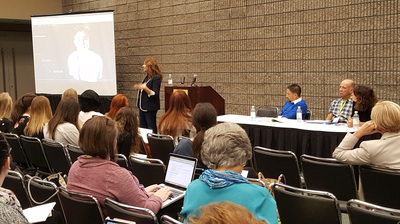
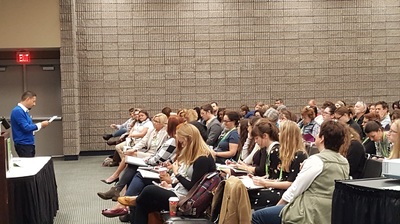
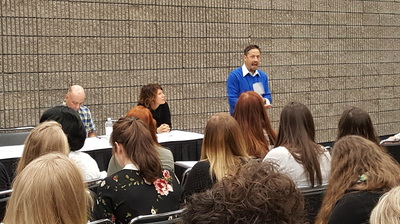
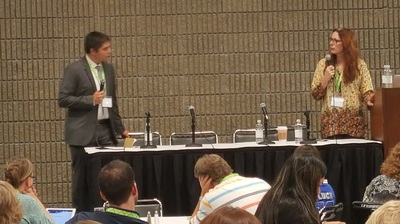
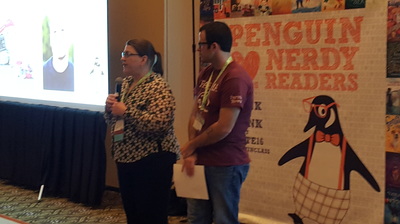
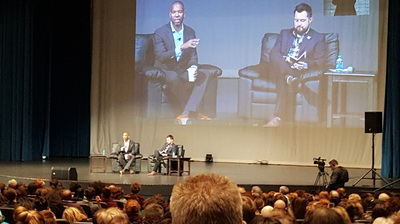
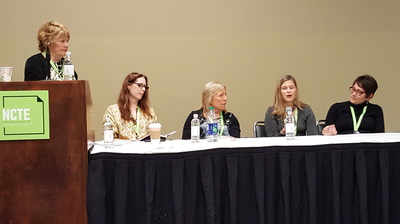
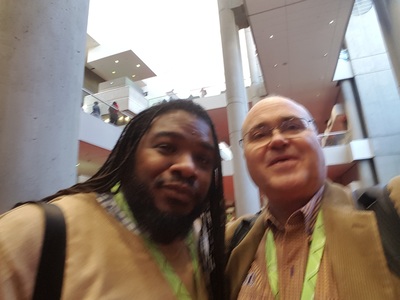
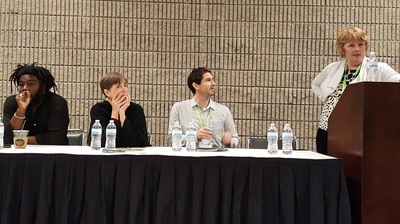
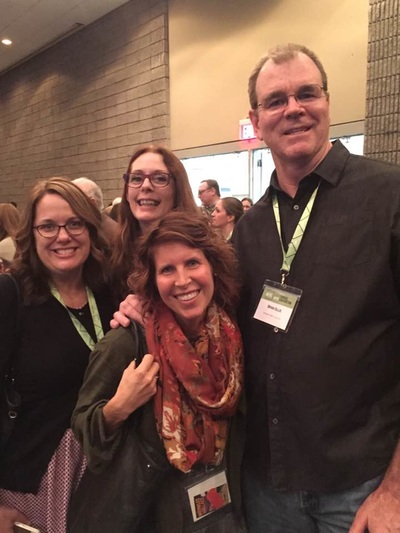
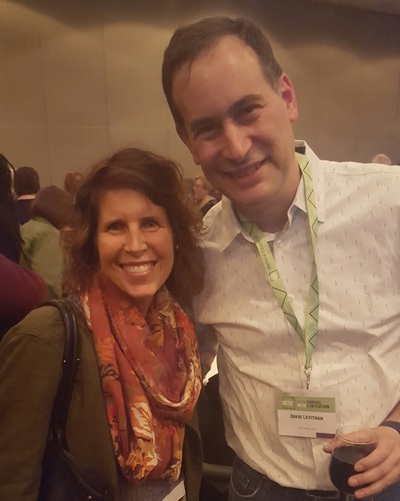
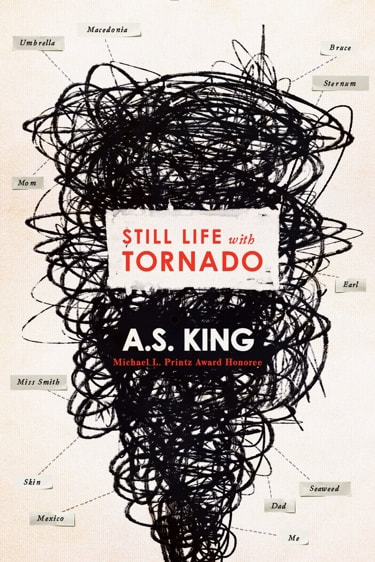
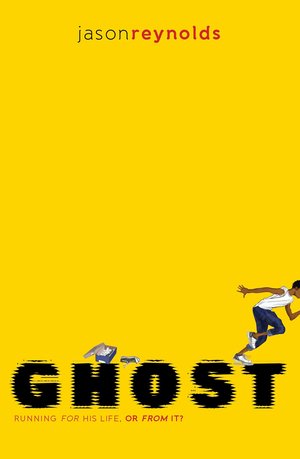
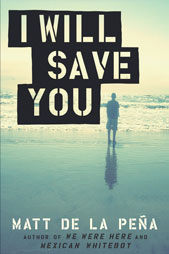
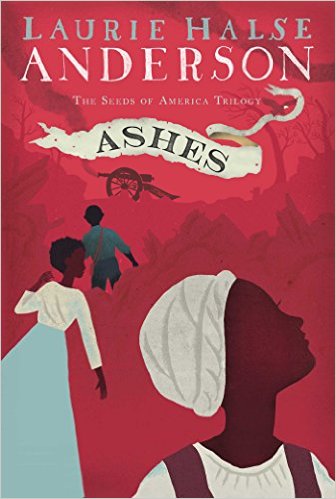
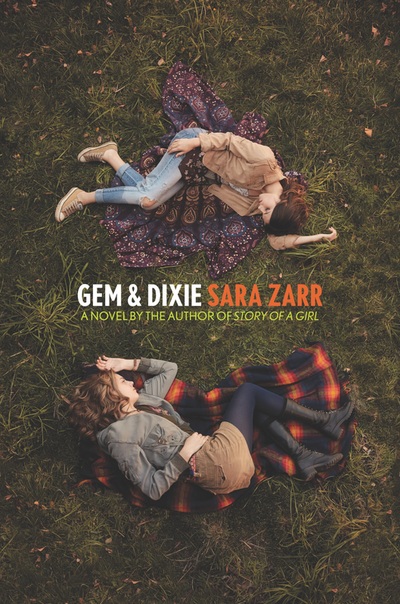

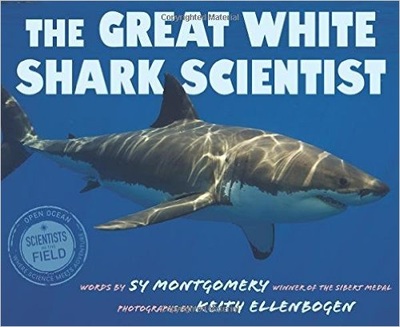
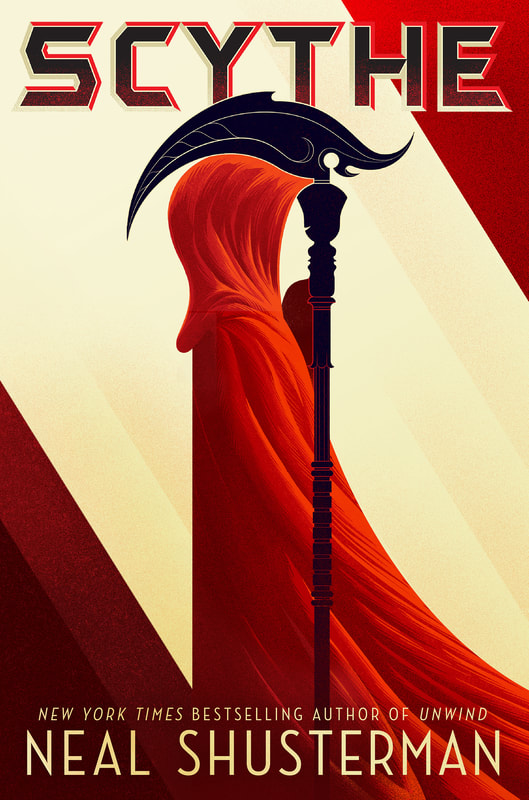
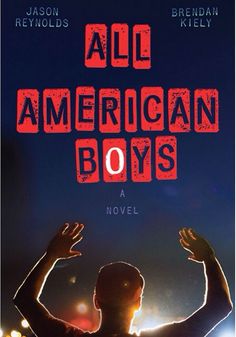
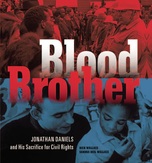
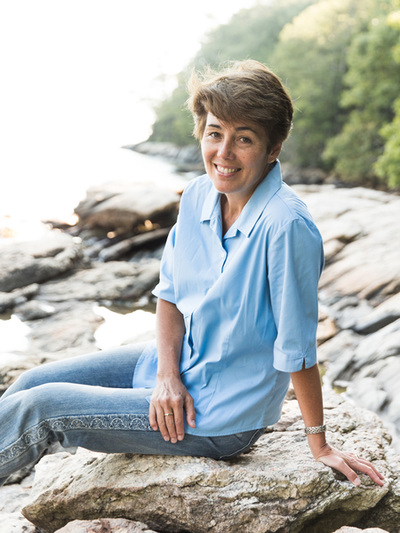
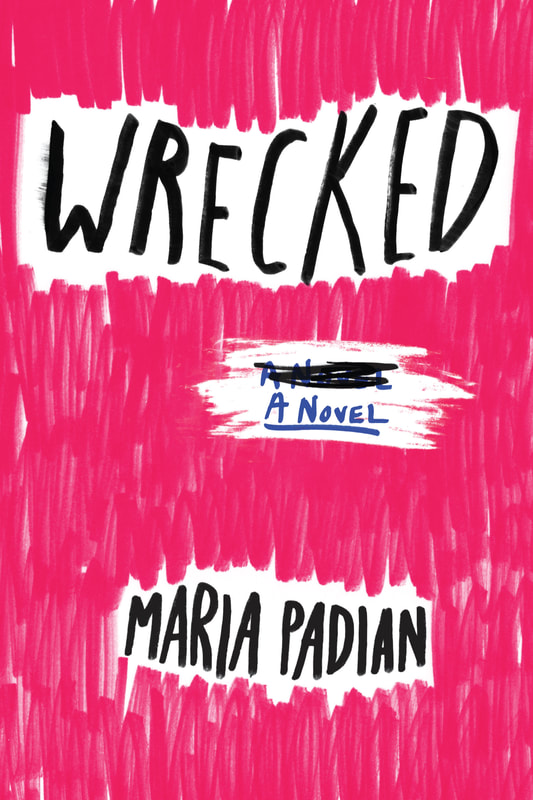
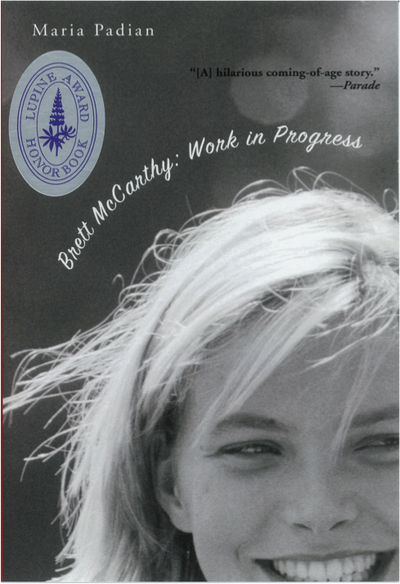
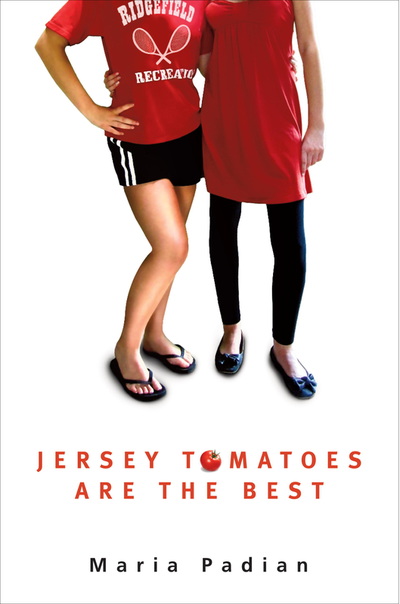
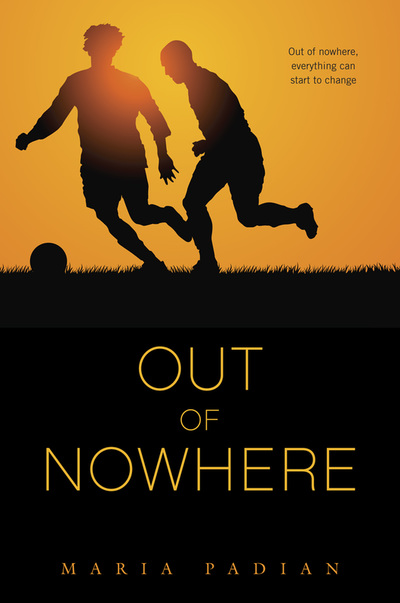
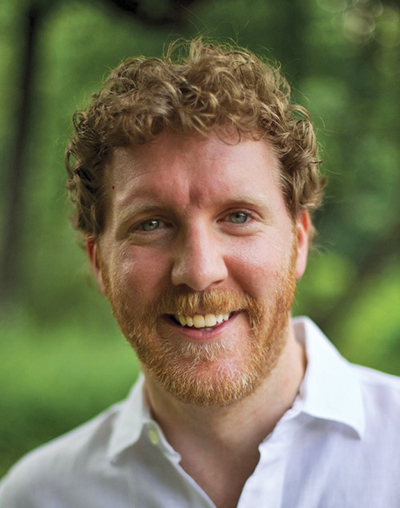
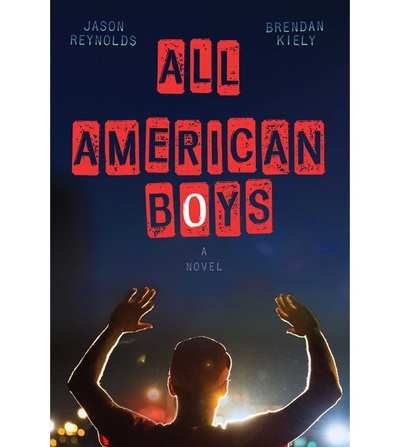

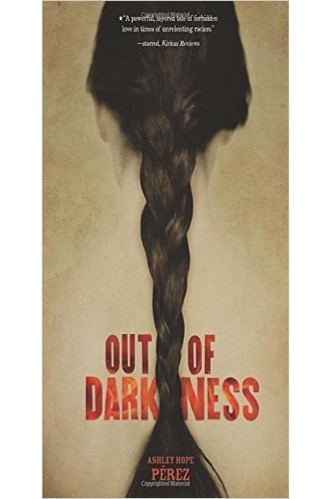
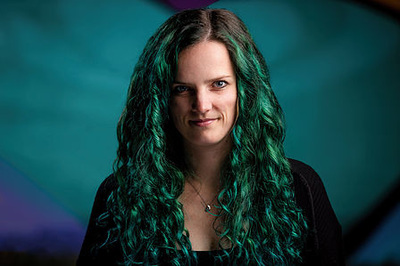
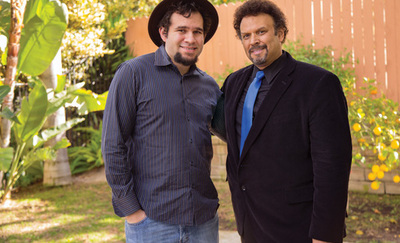

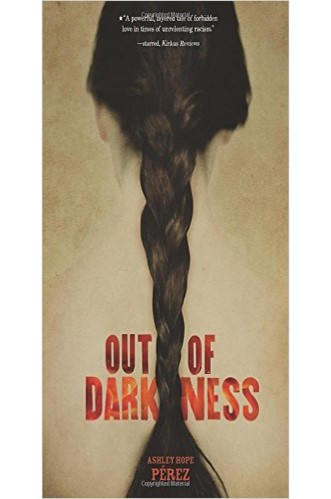
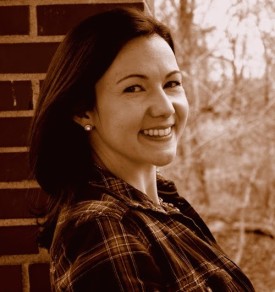
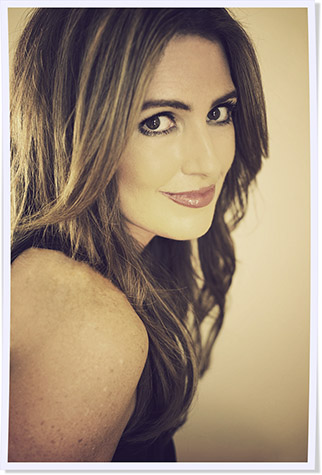

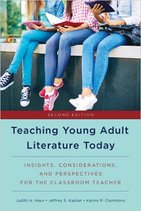
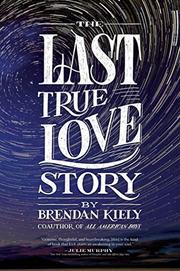
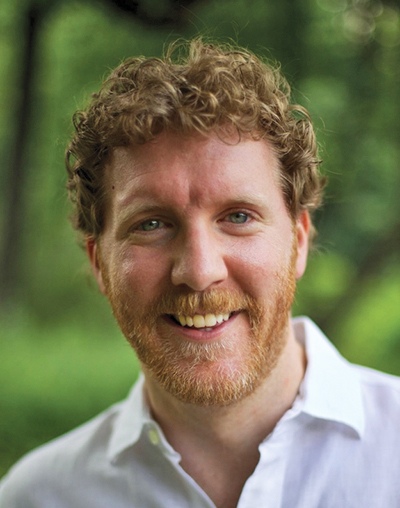
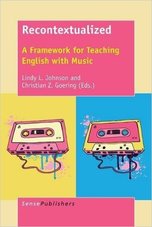
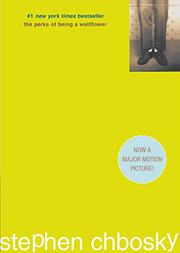
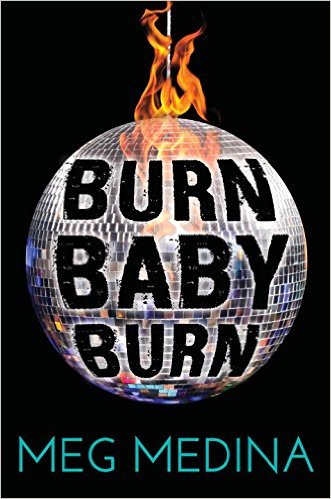
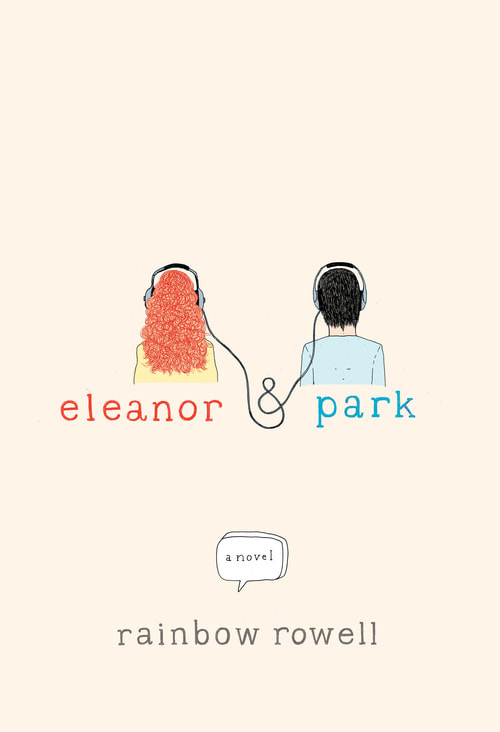
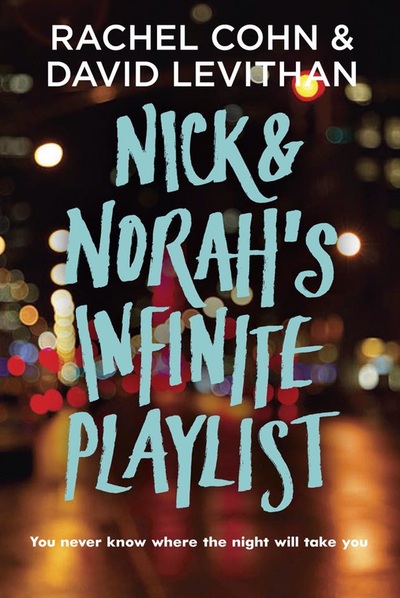
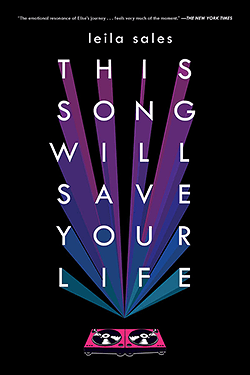
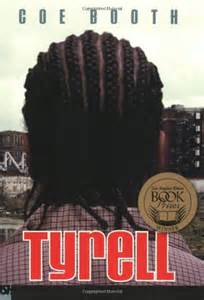
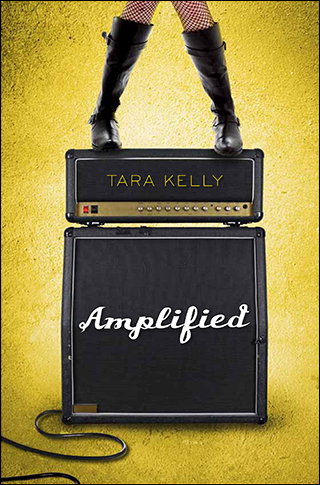
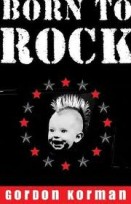
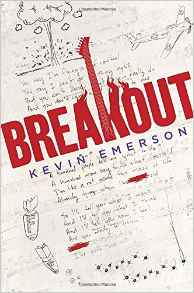
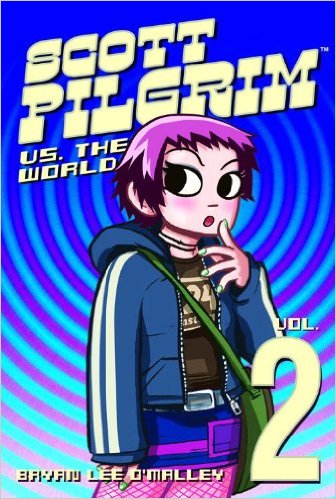
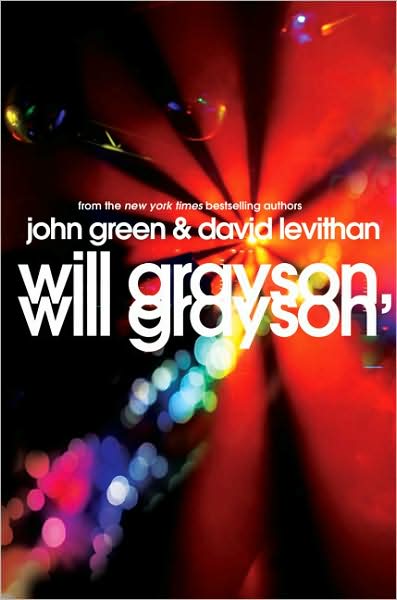
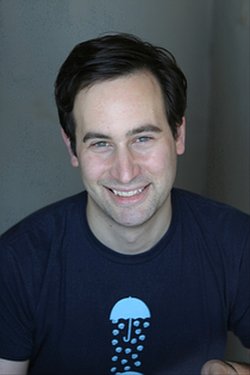
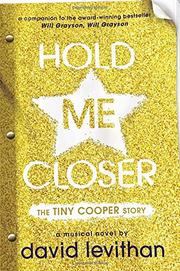
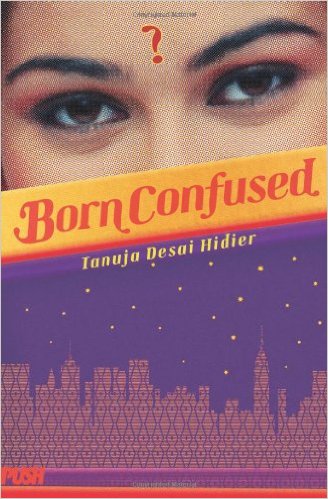

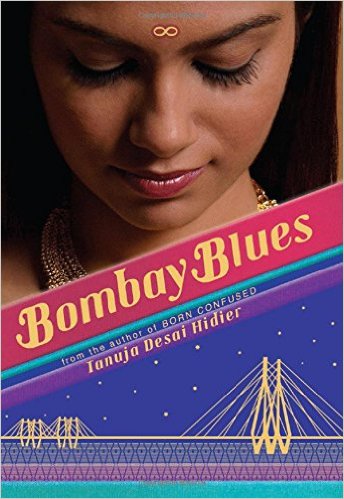
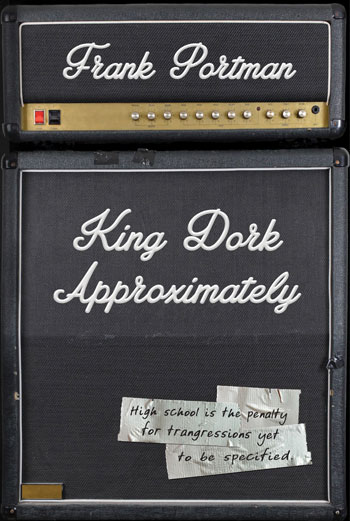
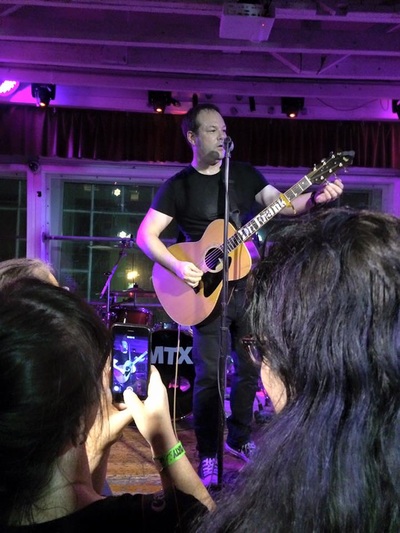
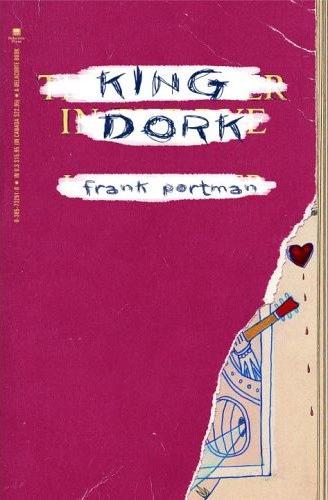

 RSS Feed
RSS Feed